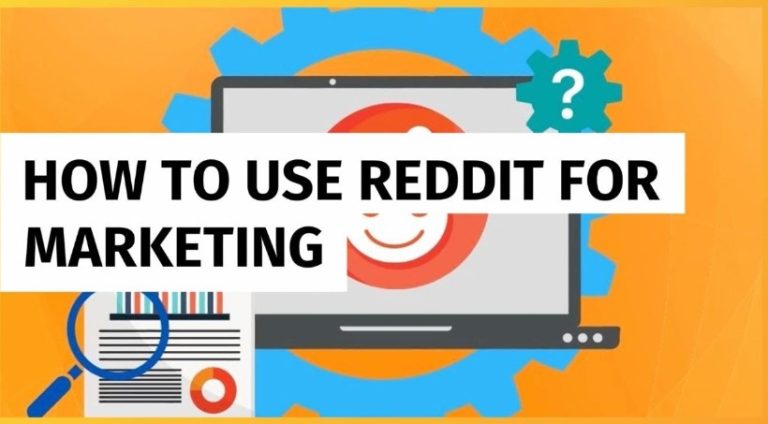How Long Should You Be on Technology a Day?
How Long Should You Be on Technology a Day? Adults should limit screen time to two hours daily, excluding work-related use. Children should have even less.
Balancing technology use is crucial for mental and physical health. Excessive screen time can lead to various issues, such as eye strain, poor posture, and disrupted sleep patterns. It’s essential to set boundaries to ensure technology benefits rather than harms you.
Engaging in offline activities like reading, exercising, or socializing can offer a healthier lifestyle balance. Parents should monitor their children’s screen time, encouraging educational and physical activities. This approach helps develop healthy habits early on. Technology is a vital part of modern life, but moderation is key to maintaining overall well-being. Always prioritize real-world interactions and self-care.
Optimal Screen Time
Experts suggest limiting screen time to 2 hours a day for most activities. For children, it’s good to keep it even less. Too much screen time can hurt eyes and sleep. Breaks are important to rest the eyes and mind.
Weekends can allow a bit more screen time. Try to balance it with outdoor activities and family time. More screen time can be allowed, but not more than 4 hours. This keeps a healthy balance and avoids excessive exposure.
Impact On Physical Health
Excessive screen time can lead to eye strain, poor posture, and disrupted sleep patterns. Limiting technology use helps maintain physical well-being.
Eye Strain
Staring at screens can cause eye strain. Eyes may feel tired and sore. Blinking less often happens when using screens. This makes eyes dry. Using screens in bright or dim light can hurt eyes.
Adjust screen brightness to match your surroundings. Remember to take breaks. Look away from the screen every 20 minutes. Focus on something 20 feet away for 20 seconds. This is called the 20-20-20 rule.
Posture Problems
Using technology for long hours can cause posture problems. Sitting for too long can hurt your back. Slouching can lead to neck pain. Poor posture can cause headaches. Always sit straight with your back supported.
Keep feet flat on the floor. Adjust the screen to eye level. Take short breaks to stretch. Move around every hour. These habits can help maintain good posture.
Mental Health Considerations
Too much screen time can increase stress levels. It can make you feel overwhelmed. Taking breaks from technology helps. Doing activities like reading or walking can reduce stress. Try not to use gadgets before bed. It helps your mind to relax.
Using technology late at night can disrupt your sleep. Blue light from screens affects your sleep cycle. Turning off devices an hour before bed can improve sleep quality. Reading a book or meditating can help you sleep better. A good night’s sleep is important for mental health.
Age-specific Guidlines
Children aged 2 to 5 should use screens for no more than one hour a day. Parents should focus on high-quality programs. Teenagers should limit screen time to two hours for entertainment. Educational use can be longer. Always balance tech time with physical activities and face-to-face interactions. Excessive use can affect sleep and mental health.
Adults should aim for less than two hours of screen time for leisure. Work-related screen time should have regular breaks. Seniors need to limit tech use to avoid eye strain and mental fatigue. Engage in physical activities and social interactions. Use screens for connecting with family and learning new skills.
Balancing Work And Leisure
Most jobs need 8 hours of work a day. Sitting for too long can harm your health. Short breaks during work can help. Stand up and stretch often. Try to avoid screens during these breaks. Eye strain is common with long screen time. Blue light can make it worse. Use blue light filters if needed.
Spending time on hobbies is great. Limit screen time to 2 hours for fun. Playing outside is better for your health. Reading books can also be relaxing. Board games are fun without screens. Family time is important, so enjoy activities together.
Read More
What are the Benefits of Technology to Students?
Healthy Tech Habits
Taking regular breaks is very important. Every hour, stand up and stretch. This helps your body stay healthy. Set a timer to remind you. Short breaks improve focus and reduce eye strain. Try to step away from screens during breaks. Look at something far away to rest your eyes. A few minutes of walking can boost your mood.
Make sure your chair and desk are at the right height. Your computer screen should be at eye level. Keep your feet flat on the floor. Use a chair with good back support. Position your keyboard and mouse comfortably. This can prevent neck and back pain. Adjust your screen brightness to reduce eye strain. Good lighting is also very important.
Role Of Digital Detox
Taking breaks from technology helps your mental health. It can reduce stress and improve focus. Less screen time also means better sleep quality. You will feel more energetic. Spending time away from screens allows more face-to-face interactions. This strengthens relationships with family and friends.
Set specific time limits for your screen use. Use apps that track your screen time. Create tech-free zones in your home. For example, keep your bedroom free from gadgets. Schedule daily breaks from technology. Spend this time on hobbies or physical activities. Turn off notifications to avoid distractions. Encourage outdoor activities to balance your day.
Expert Recommendations
Experts suggest limiting screen time to improve health. Children should not exceed two hours per day on devices. Adults should aim for three to four hours of technology use. Too much screen time can harm your eyes and disturb sleep. Studies show breaks every 30 minutes can reduce negative effects.
Set daily limits on your devices. Use apps to track screen time. Encourage outdoor activities to balance tech use. Create tech-free zones at home, like the bedroom and dining area. Involve the whole family in screen-free activities like board games or reading.
Conclusion
Balancing technology use is essential for mental and physical health. Set limits to ensure quality offline time. Prioritize activities that promote well-being and productivity. Remember, moderation is key. By managing screen time wisely, you can maintain a healthier, happier lifestyle.
Make conscious choices to enrich your daily routine.







